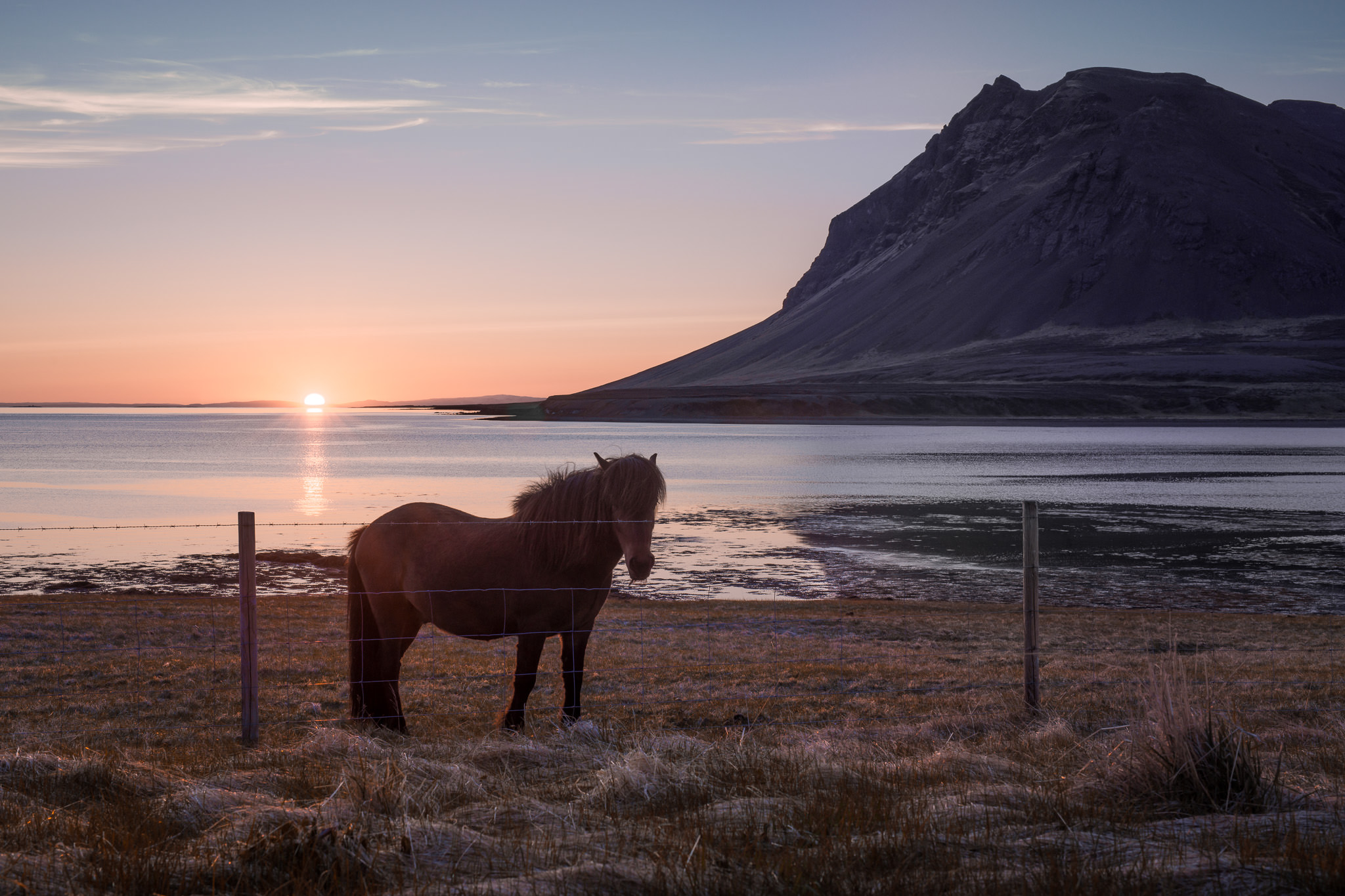Passakorn
New member
Hi,
I am usually in a situation I have to take a bird photo under a dense forest with very low light. The typical correct exposure would be around f6.3, 1/250 and ISO is already around 3200 (Z8/9 with 180-600/800PF on a tripod). Most of the subjects are birds so I cannot go much lower shutter speed than that to maintain a sharp image because birds are moving around. There are times that this setup can be at least 3-5 stops underexposure.
I am wondering which would provide a better image quality between:
1. taking the photo with 3 stops underexposure and then postprocess with photoshop etc
2. Increasing the ISO for 3 stops (i.e. 25600) and then taking photos with a correct exposure?
My subject is rather small, with the height of the birds about 1/4-1/3 of height of the screen.
Thank you so much,
Passakorn
I am usually in a situation I have to take a bird photo under a dense forest with very low light. The typical correct exposure would be around f6.3, 1/250 and ISO is already around 3200 (Z8/9 with 180-600/800PF on a tripod). Most of the subjects are birds so I cannot go much lower shutter speed than that to maintain a sharp image because birds are moving around. There are times that this setup can be at least 3-5 stops underexposure.
I am wondering which would provide a better image quality between:
1. taking the photo with 3 stops underexposure and then postprocess with photoshop etc
2. Increasing the ISO for 3 stops (i.e. 25600) and then taking photos with a correct exposure?
My subject is rather small, with the height of the birds about 1/4-1/3 of height of the screen.
Thank you so much,
Passakorn



